Just 30 minutes by ferry from Sicily’s western coast, I stumbled upon Favignana—a hidden Italian paradise that totally changed how I think about Mediterranean getaways. It’s the biggest of the Egadi Islands, and honestly, this place has everything you’d want in a desert island escape, without needing to trek halfway across the planet.
What sets Favignana apart? It’s the blend of peaceful beaches with the most impossibly blue water, a chill vibe, and that genuine Italian island life that somehow dodges the crowds.
I fell for the island’s wild beauty the second I arrived. The water around Favignana is so clear it almost looks fake—ideal for swimming and snorkeling. Unlike Sicily’s more famous spots, here you can actually find hidden coves where you might be the only person around.
The coastline shows off these cool calcarenite rock formations that create natural swimming pools. I couldn’t stop taking photos.
Getting here is a breeze. I flew from Rome to Trapani in about 70 minutes, then hopped on a quick ferry. Suddenly, I was in another world. The slow pace hits you as soon as you step off the boat.
It’s the kind of place you go to unplug, but you still get all that Italian food, culture, and those endless Mediterranean views.
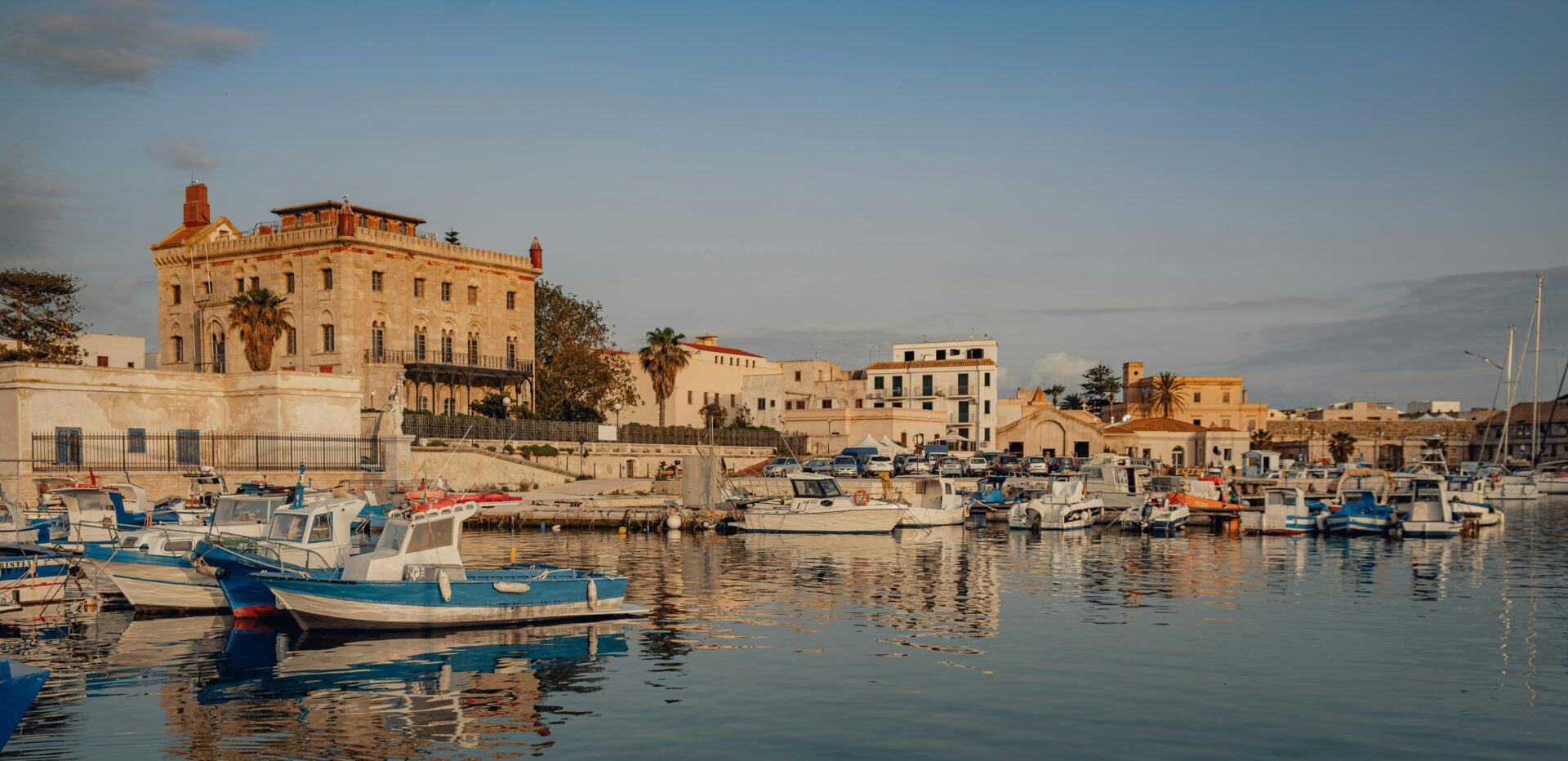
Discovering the Hidden Gem: Find Your Desert Island Paradise
Just off Sicily’s coast, there’s this quiet escape that feels lightyears from the Italian mainland. You get crystal-clear water, untouched landscapes, and a slice of island life that most travelers never even hear about.
Where Exactly Is This Island Getaway?
I found this hidden gem in the Aeolian Islands, a volcanic archipelago just north of Sicily. These islands sit in the Tyrrhenian Sea between Palermo and Messina. Lipari is the biggest, but honestly, it’s the smaller, quieter islands that nail that true desert island vibe.
From Milazzo port near Messina, I hopped on a ferry—just 30 minutes and I was somewhere completely different. The islands are surprisingly easy to reach, but somehow they stay blissfully uncrowded.
UNESCO gave the Aeolian archipelago World Heritage status, and some areas are nature reserves. This has helped keep their wild beauty intact and kept the big tour groups away.

What Makes It a True Paradise?
The beaches here easily outshine Sicily’s famous shores. I wandered into secluded coves and didn’t see another soul. The water is so clear you can spot the seabed even when it gets deep.
Volcanic origins have shaped these islands with dramatic landscapes—think black sand beaches, natural hot springs, and wild rock formations. On my morning walks, I’d brush past wild herbs and catch whiffs of that classic Mediterranean scent.
Wildlife encounters:
- Dolphins chasing each other along the coast
- Rare birds in protected spots
- Underwater life that’s perfect for snorkeling
Life here rolls along at its own pace. No traffic lights, no malls—just real local life and raw beauty.

A Glimpse of Island Life Off Sicily’s Shore
Everything revolves around the sea. I watched fishermen haul in their catch at dawn, and later, that same fish landed on my plate at a tiny trattoria. The seafood risotto here? Honestly, the best I’ve ever had.
Most locals speak some English, but knowing a bit of Italian goes a long way. It helped me connect with people who seemed genuinely proud to share their home with curious visitors.
You’ll find everything from simple pensiones to restored farmhouses with sea views. I picked a small cottage with a terrace over the water—ideal for catching those fiery Mediterranean sunsets.
The islands keep their own traditions, separate from Sicily. I lucked out and caught a festival where locals sang ancient fishing songs while boats drifted through the harbor.
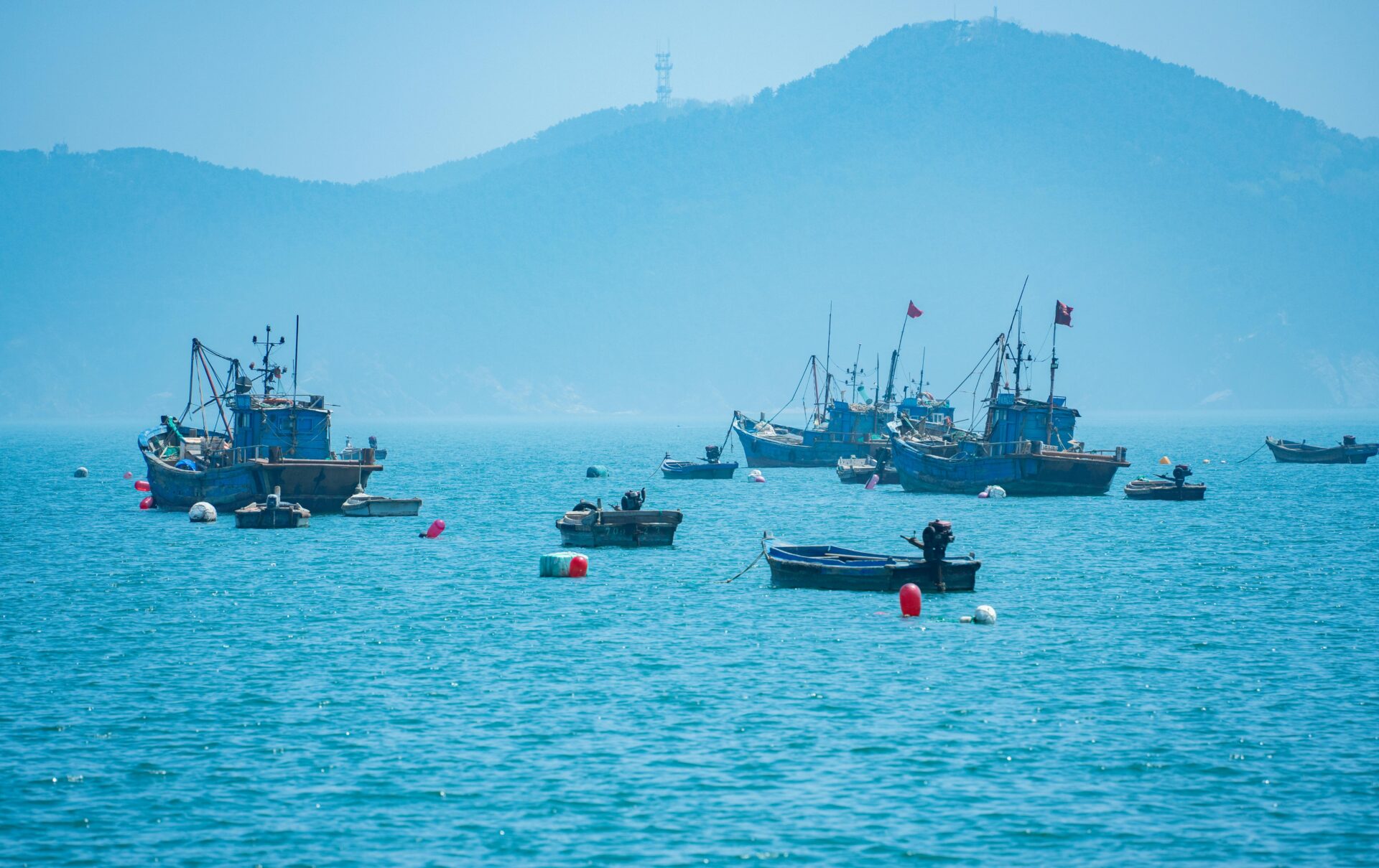
How to Get There: From Sicily to Your Dream Island Escape
Reaching these island paradises is much easier than you’d expect. Multiple ferry options leave from Sicily and mainland Italy. The journey itself is half the fun, with those endless Mediterranean views rolling by.
Best Routes and Ferry Ride Experiences
I’ve found ferries from Milazzo run most often to the Aeolian Islands. Liberty Lines runs fast hydrofoils—Lipari is just 25 minutes away, which is great if you’re short on time. In summer, ferries leave almost every hour, from early morning to evening.
The ride? Pretty unforgettable. I always grab a spot on the deck for the best views. If you’re lucky, you’ll see dolphins racing alongside the ferry.
From my own trips, I’d say book tickets a day or two ahead during peak season (June-August). Most companies have online booking, but sometimes you find better deals at the ticket office.
Popular Ferry Companies:
- Liberty Lines (the quickest)
- SNAV (bigger, comfy boats)
- Siremar (for cars)
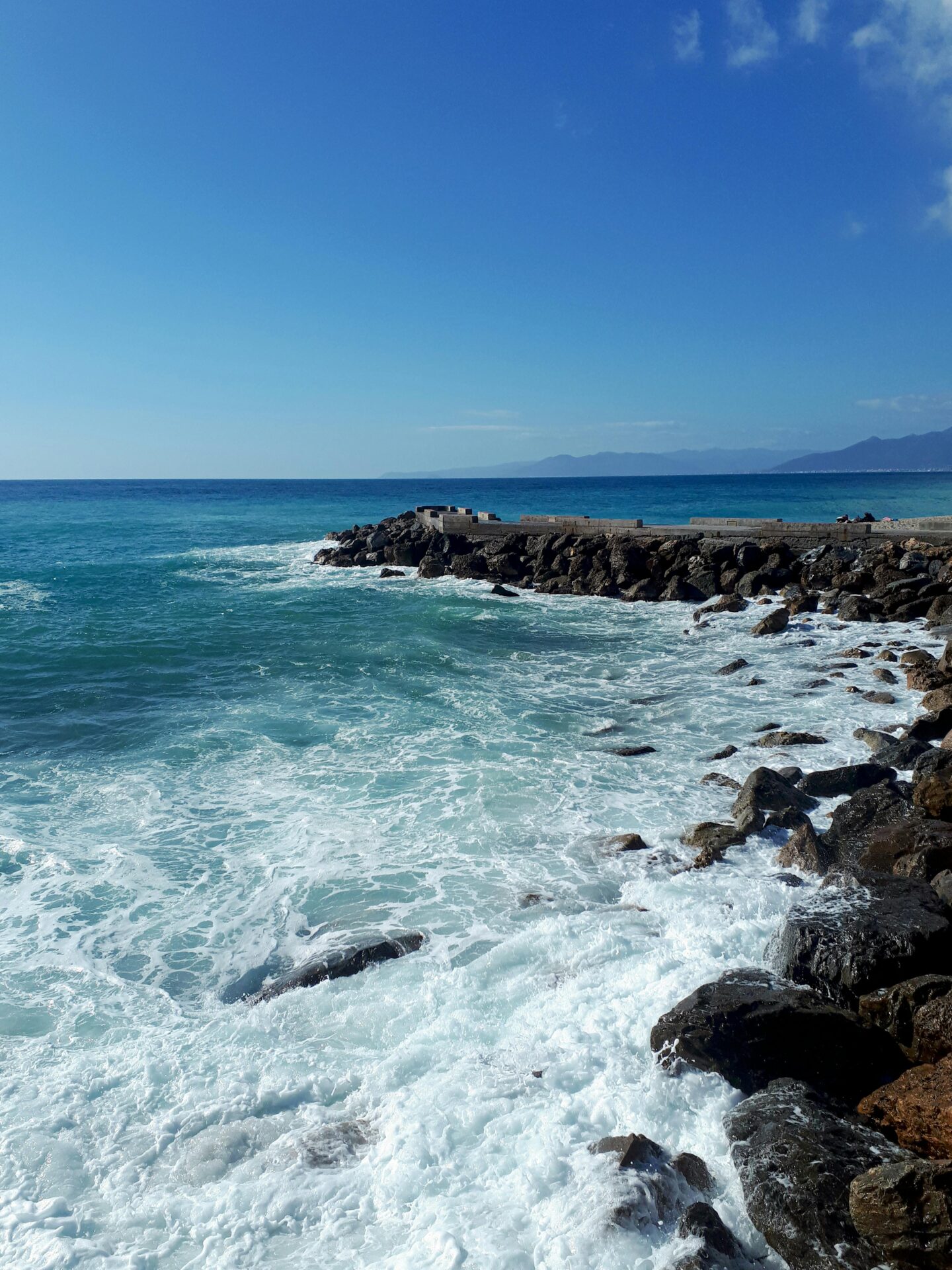
Exploring Local Transport and Parking Tips
When you get to the ferry terminals, parking isn’t always easy. In Milazzo, I suggest using the secured lots near the port (€15-20 a day) instead of trying your luck with street parking—there are lots of restrictions.
If you don’t have a car, local buses connect Sicily’s main cities to the ports. From Palermo, the direct bus to Milazzo takes about 2.5 hours and costs around €15.
On the islands, transport is a mixed bag. Lipari has local buses, but I prefer renting a scooter (€30-40 a day) to hunt down hidden beaches and epic viewpoints.
Taxis exist, but they’re pricey. Always agree on a fare before you go, since meters are rare here.

Traveling from Naples, Palermo, and Mainland Italy
From Palermo, you’ll find direct ferries to the Aeolian Islands, especially in summer. The trip can take anywhere from 3 to 5 hours.
Naples has longer routes (6-8 hours), but it’s a cool option if you’re already on the mainland. The overnight ferry from Naples is a personal favorite—you sleep on board and wake up in paradise.
Messina is another gateway, with shorter rides to the islands. I usually recommend this for travelers coming from Catania or eastern Sicily.
If you have time, mixing your island trip with a few days in Sicily is the way to go. I spent a couple days wandering Palermo’s markets before heading out, and the contrast between city buzz and island quiet was just what I needed.

Immersed in Nature: Wild Beauty and Adventure Trails
Ustica’s wild landscape is a dream for nature lovers, and it’s just a quick boat ride from Sicily. Volcanic origins gave the island a bunch of unique ecosystems—above and below the water—which makes it a magnet for hikers and wildlife fans.
Top Trails and Nature Walks to Explore
Ustica is tiny (just 9 square kilometers), so you can easily hike across it in a day. There are a few well-marked trails, and my favorite starts at the main village, winding along the east coast with incredible views of that deep blue sea.
I followed the Sentiero del Faro trail to the lighthouse and caught a sunset with seabirds wheeling over the cliffs. It’s only 3 km and not difficult.
If you want more of a challenge, the trail up Monte Guardia dei Turchi (248m) gives you a tough climb and wild 360-degree views. I’d set off early, since it gets hot fast.
Popular Trails:
- Sentiero del Faro (2.5km, easy)
- Monte Guardia dei Turchi Loop (4km, moderate)
- Coastal Circle Route (8km, moderate)
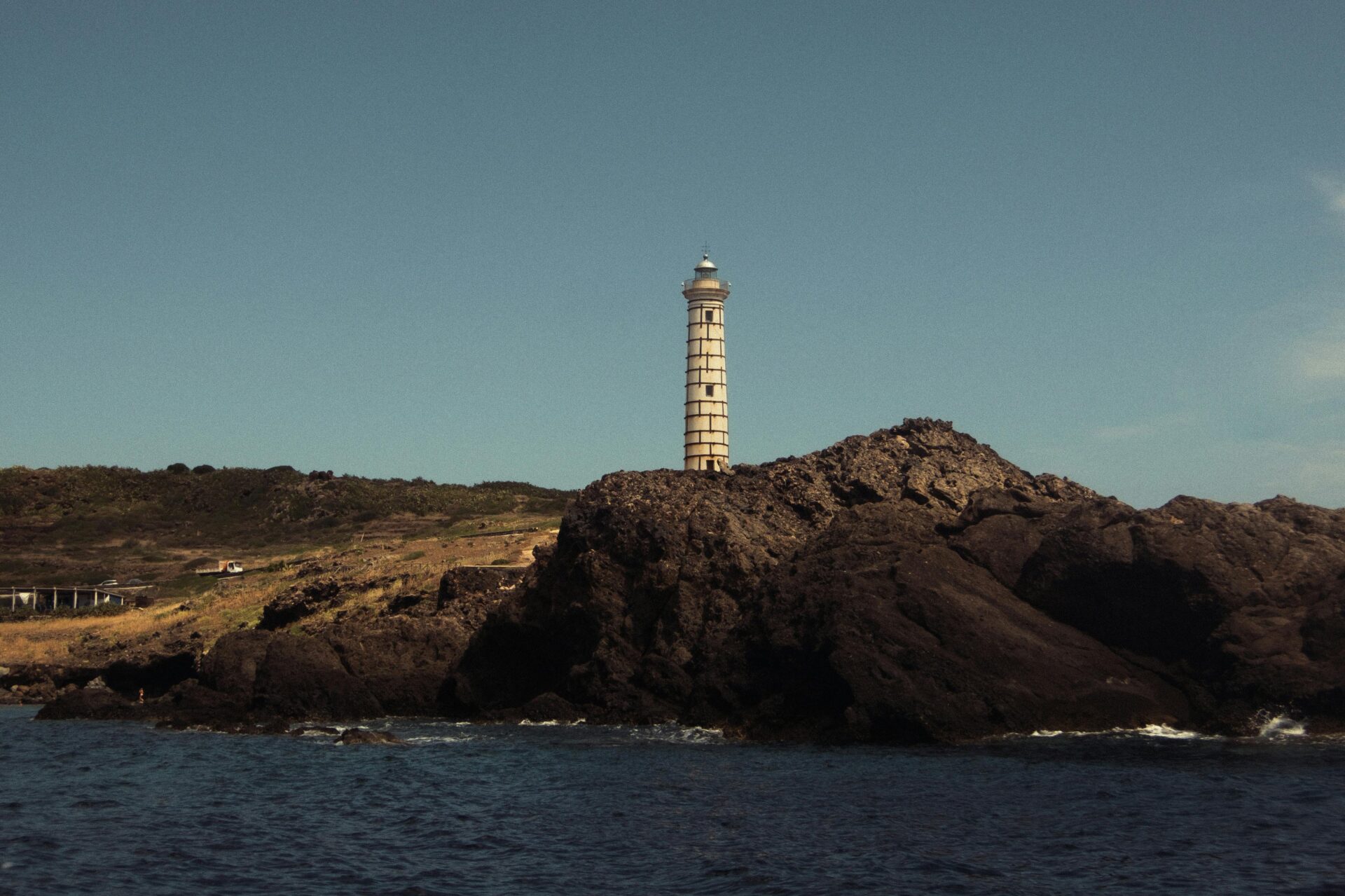
Nature Reserve Wonders and Wildlife Watching
Ustica became Italy’s first Marine Protected Area back in 1986. Much of the island is also a nature reserve, so you get a real mix of habitats, from cliffs to Mediterranean scrub.
Birdwatchers get a treat here—migratory birds stop by, and I spotted peregrine falcons, herons, and those flashy European bee-eaters. The western cliffs make a great lookout.
The geology is wild too. Black lava shapes the coastline, and there are natural caves everywhere. At Torre Santa Maria, volcanic rock pools fill with clear seawater at high tide—awesome for a swim after a hike.
Plant fans will love the wild orchids, which go crazy with color between March and May.
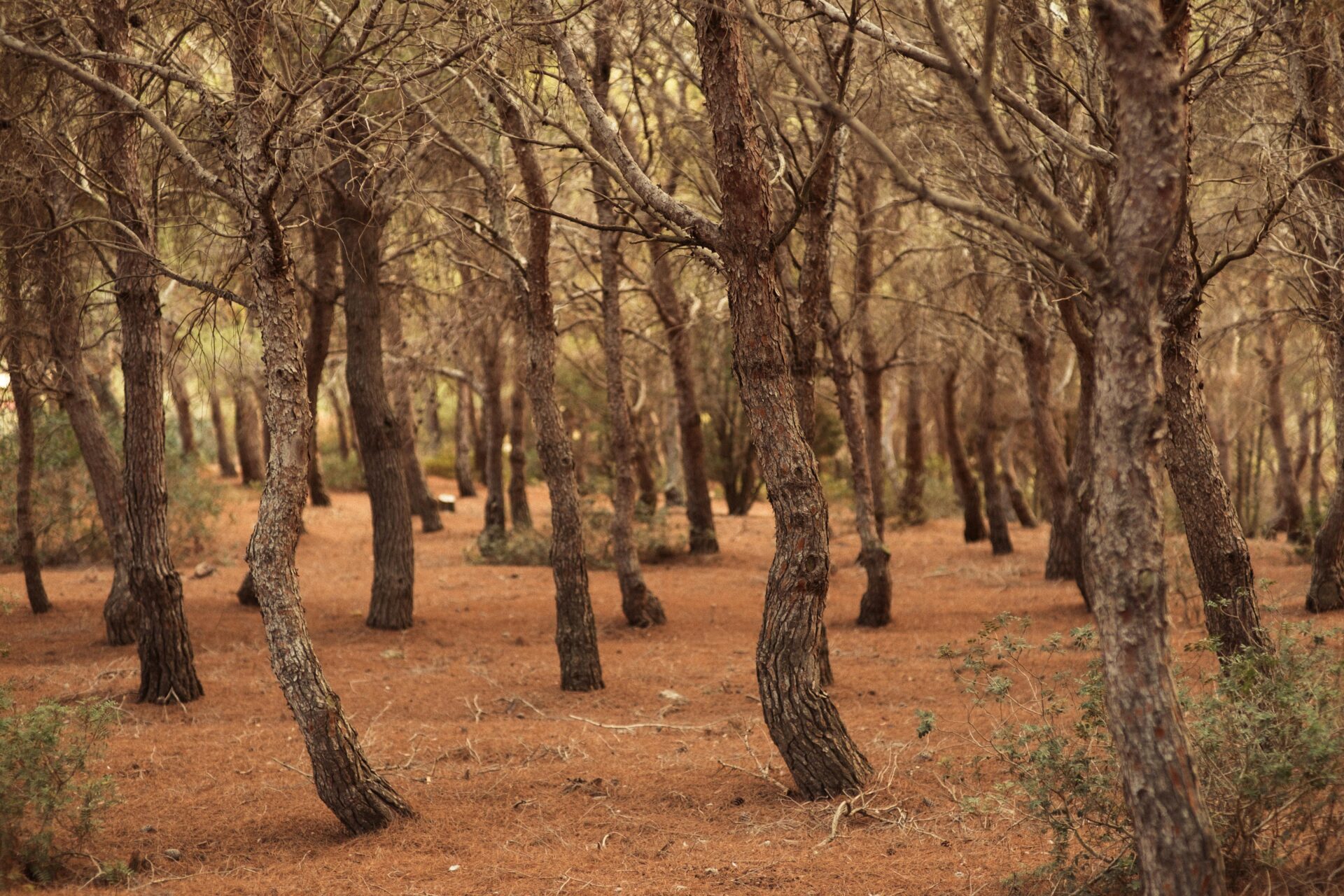
Hiking Essentials and Binoculars: What to Pack
Packing smart made my hikes way more enjoyable. The Mediterranean sun is brutal in summer, so don’t skip sunscreen, a hat, and good sunglasses.
I always bring at least 2 liters of water per person—there aren’t many refill spots. Sturdy hiking shoes are a must, since the volcanic ground can be rough.
Ustica Hiking Essentials:
- Compact binoculars (8×42 is solid for wildlife)
- Trail map (pick one up at the tourist office)
- Light backpack with water, snacks, and a first-aid kit
- Camera with zoom for wildlife
- Light windbreaker (the wind can surprise you)
Cell coverage is decent, but I still download offline maps, just in case. The island’s small, so you’re never far from help, but better safe than sorry.
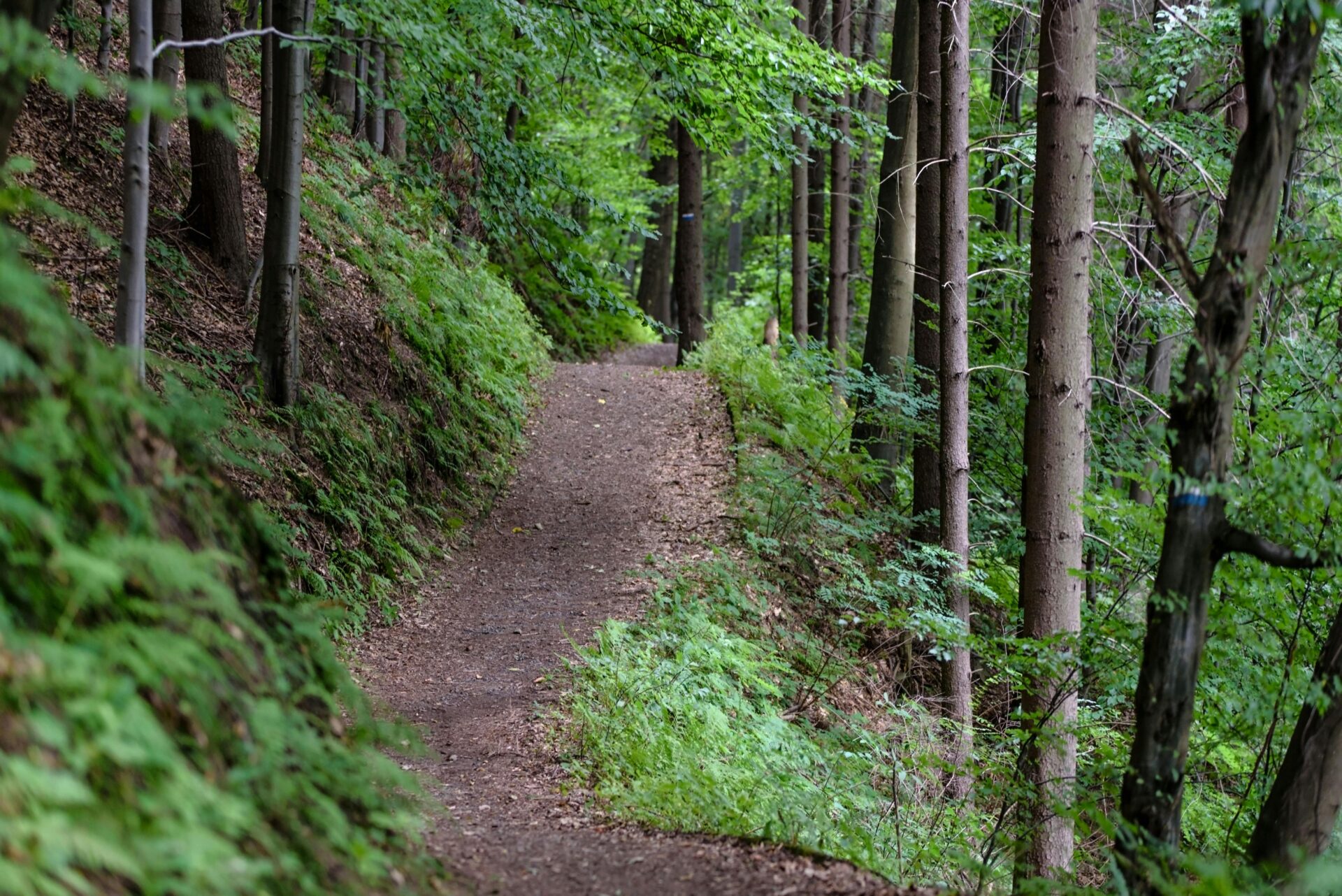
Flavors of the Island: Savor Authentic Sicilian Food and Wine
Sicily’s culinary heritage is something else. Thanks to volcanic soil, crazy-fresh seafood, and old wine traditions, the food here tells stories from ancient times.
Island Seafood Delicacies You Can’t Miss
Seafood rules the menus along Sicily’s coast, and honestly, I’ve never tasted anything like their simple, bold flavors. The catch of the day becomes dinner right before your eyes.
You have to try pasta con le sarde—fresh sardines, wild fennel, pine nuts, and raisins. The sweet and savory mix is pure Sicily, with a hint of Arab influence.
Grilled swordfish is a must. They catch it daily, and with just olive oil, lemon, and herbs, it’s perfect. It’s the kind of dish that lets you taste how fresh the seafood really is.
If you’re here when sea urchins are in season, don’t skip the sea urchin pasta. Locals got me hooked on its briny, rich flavor—it’s like the Mediterranean in a bowl.
My top find? Octopus salad, just olive oil, lemon, and parsley. When the ingredients are this good, you don’t need anything fancy.

Pairing with Sicilian Wine
Sicilian wines are way underrated. The volcanic soil around Mount Etna gives them a complexity you don’t find everywhere.
Nero d’Avola surprised me—it’s a bold red, but somehow still elegant. It’s awesome with hearty meat dishes or aged cheese.
For seafood, I go for crisp whites like Grillo or Catarratto. Their citrusy, fresh notes are a perfect match for oysters or light fish.
Wine tasting near Etna is a treat. Small family vineyards still pick grapes by hand, and tastings usually come with local snacks like hazelnuts and olive oil.
To finish off a meal, try Marsala or Passito di Pantelleria. They’re sweet and pair beautifully with almond cookies or cannoli.
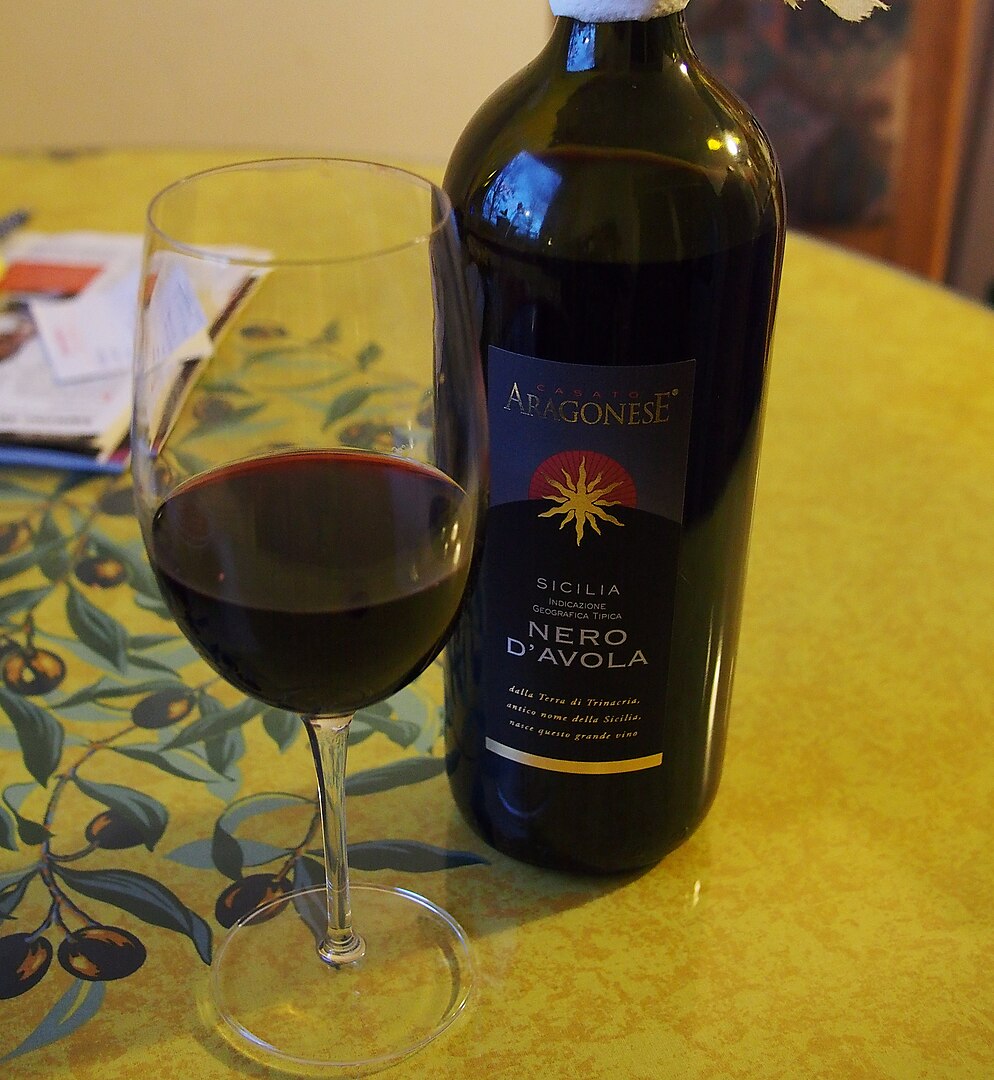
Local Markets and Cooking Experiences
Sicily’s markets explode with color and aroma, each stall telling its own story about the island’s bounty. I wandered through Palermo’s Ballarò market, feeling a bit overwhelmed but totally enchanted by vendors shouting about blood oranges and pistachios.
The market lets you dive right into Sicily’s food culture. Farmers stand proudly by their eggplants, tomatoes, and fresh herbs, all grown in that famous volcanic soil. They’ll often hand out samples and share little tips—sometimes in rapid-fire Italian, sometimes with a wink.
I joined a cooking class at a family home near Syracuse. There, I learned to make arancini—those golden fried rice balls stuffed with ragù and peas. The grandmother showed me techniques that her own grandmother had taught her.
If you want another way to experience Sicilian food, try booking a private chef. I did, and we shopped together at the market that morning before she cooked up a feast in the kitchen.
Home cooking really brings out Sicily’s best flavors. Dishes like caponata—sweet and sour eggplant—and pasta alla Norma prove that simple ingredients can become something unforgettable.
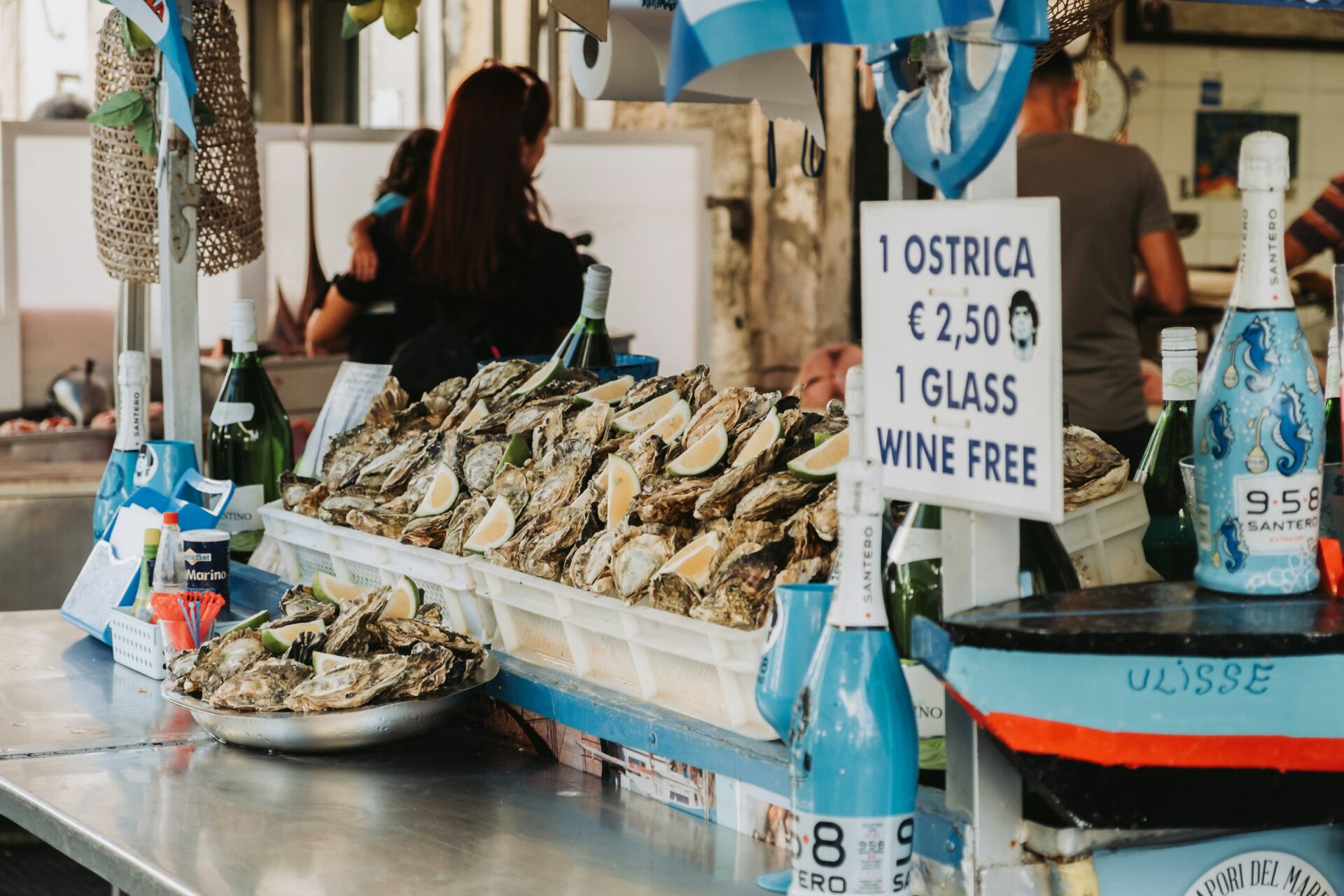
Exploring Culture and Nearby Attractions
Sicily’s coastline offers more than just beaches and blue water. The island and its neighbors are packed with historical landmarks and cultural treasures, just waiting for you to stumble upon them.
Greek Theater and Historical Landmarks
The ancient Greek Theater in Syracuse blew me away. Built in the 5th century BC, its acoustics still impress—I heard a whisper from the stage all the way up in the top row!
This place once welcomed 15,000 spectators for Greek dramas. Now, in the summer, you can catch plays under the stars, just like audiences did thousands of years ago.
Syracuse’s Archaeological Park also has the Roman Amphitheater and the mysterious Ear of Dionysius. People say the tyrant Dionysius used this limestone cave’s perfect acoustics to eavesdrop on prisoners.
Ortigia, the old heart of Syracuse, begs you to get lost in its narrow streets. Every turn reveals baroque buildings and the Syracuse Cathedral, which sits right on top of an ancient Greek temple’s foundations.

Taormina and Amalfi Coast Day Trips
Taormina totally charmed me with its mix of history, shopping, and jaw-dropping views. Its own Greek theater frames Mount Etna and the sea in a way that feels almost unreal.
You can hop a ferry from Sicily to the mainland and drive the Amalfi Coast. It’s about a 3-4 hour trip each way, so it’s a long day, but if you’re up for it, the scenery makes it worth every minute.
Positano’s pastel buildings tumble down cliffs to the water. If you go, don’t miss the local limoncello or a big plate of seafood pasta—plus, the view will make your Instagram blow up.
The Aeolian Islands are another great day trip from Sicily’s north coast. These volcanic islands have black sand beaches, bubbling mud baths, and some of the best seafood I’ve ever eaten.
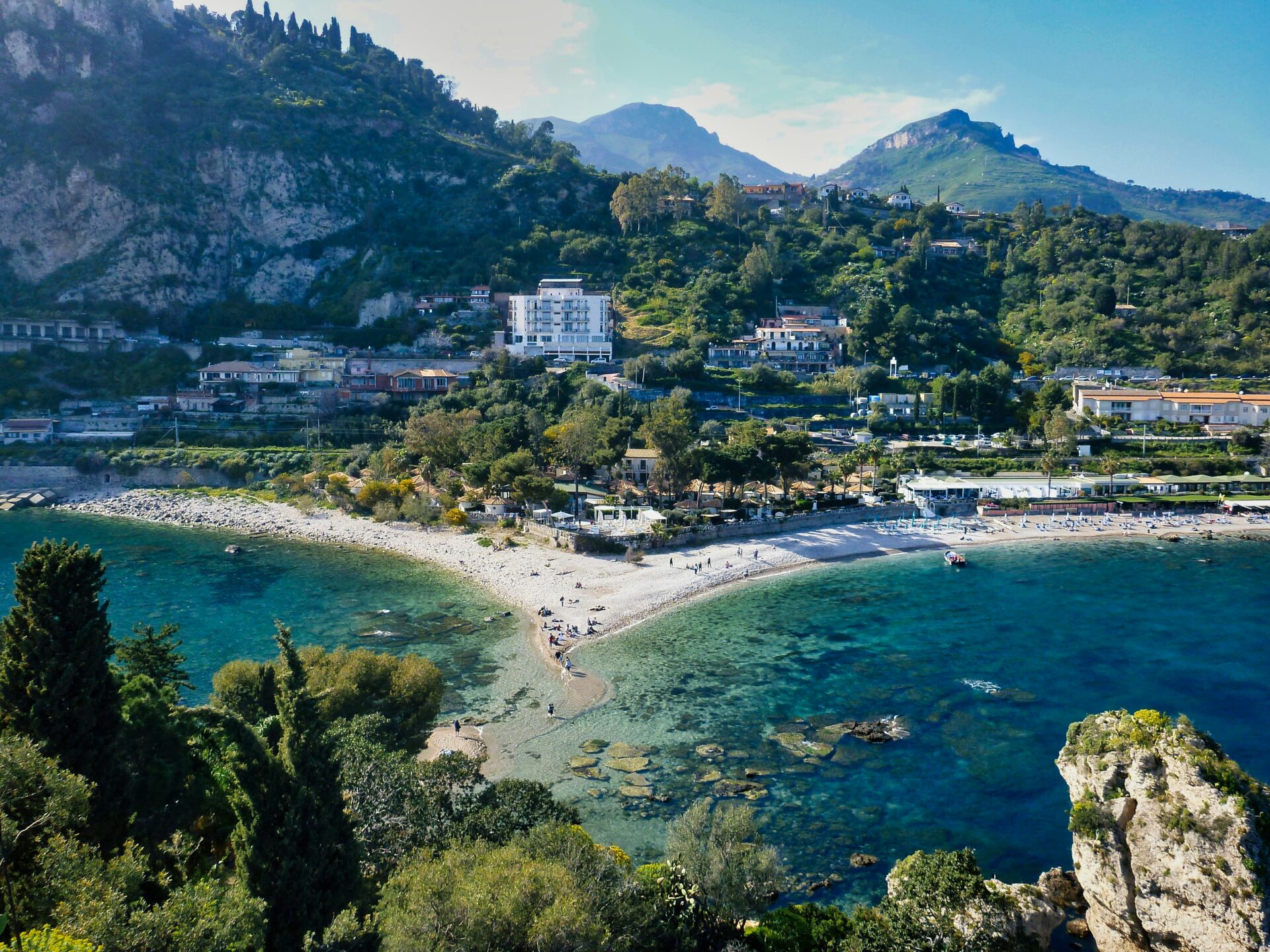
Hidden Treasures: The Blue Grotto and Capri
The Blue Grotto on Capri is pure magic. Sunlight sneaks in through an underwater cave, turning the whole place a glowing, electric blue.
Tiny rowboats take you inside. If you can, go early in the morning to dodge the crowds. The boatmen will sometimes sing old Neapolitan songs—the echoes bouncing around the cave gave me chills.
Capri offers more than just the Blue Grotto. The Gardens of Augustus show off jaw-dropping views of the Faraglioni rocks shooting up from the sea.
You can take a chairlift up to Mount Solaro. At the top, I grabbed a lemon granita and just stared out at the Bay of Naples—on a clear day, you can see all the way back to Sicily.

Staying Connected and Respecting Privacy on Your Island Adventure
When you escape to Sicily’s islands, you have to juggle staying connected and keeping your privacy. If you want to share those paradise moments but still protect your info, a little planning goes a long way.
Managing Personal Data and Privacy Settings
I’ve realized it’s smart to tweak your privacy settings before you start island-hopping. Most places on Favignana and other Egadi Islands offer Wi-Fi, but it’s not always super secure. Before I leave, I adjust privacy settings on my social media and travel apps.
Your data gets exposed when you join unfamiliar networks. Here’s what I usually do:
- Use a VPN on public Wi-Fi
- Keep location sharing off on social media
- Double-check app permissions on my phone
- Set up a temporary email for travel bookings
Booking sites for Sicilian islands often collect your search history and IP address. I clear cookies between sessions—it seems to help with privacy and still lets me see personalized results.

Security Measures and Preventing Spam
Nothing ruins an island trip faster than a spam attack. When I booked my quick ferry ride to Favignana, I noticed the site had a bunch of security features.
Most trusted booking sites use two-factor authentication. That little extra step really saves you from headaches. I always look for:
- Secure payment (that little lock icon in the browser)
- Two-factor login options
- Clear privacy policies
- Good reviews about their security
Some smaller island businesses use third-party email services like Yahoo or AOL for bookings. These usually have solid security, but you have to agree to some data sharing. I set up a folder for confirmations so nothing important disappears in my inbox.

How Cookie Policy Impacts Your Booking Experience
Cookie policies really shape how you research and book your island adventure. When I planned my trips to Sicily’s offshore paradises, I noticed cookies changed the prices and options I saw.
Cookies let companies show you personalized ads and measure what content works. After I browsed Sicilian island accommodations, ads for similar places started following me around—sometimes with tempting discounts. That’s helpful, sure, but doesn’t it sometimes keep you from discovering something new?
To get the most out of booking, here’s what I usually do:
- Compare prices in both regular and incognito mode.
- Actually read the cookie policies before clicking accept (they affect what you see).
- Only allow cookies if I trust the service or want better features.
- Clear cookies now and then to shake up my digital trail.
Most island booking sites use cookies for things like remembering your preferences. But when I limit cookie permissions, I often find more variety and, surprisingly, better prices for those hidden beaches and dreamy island escapes.


